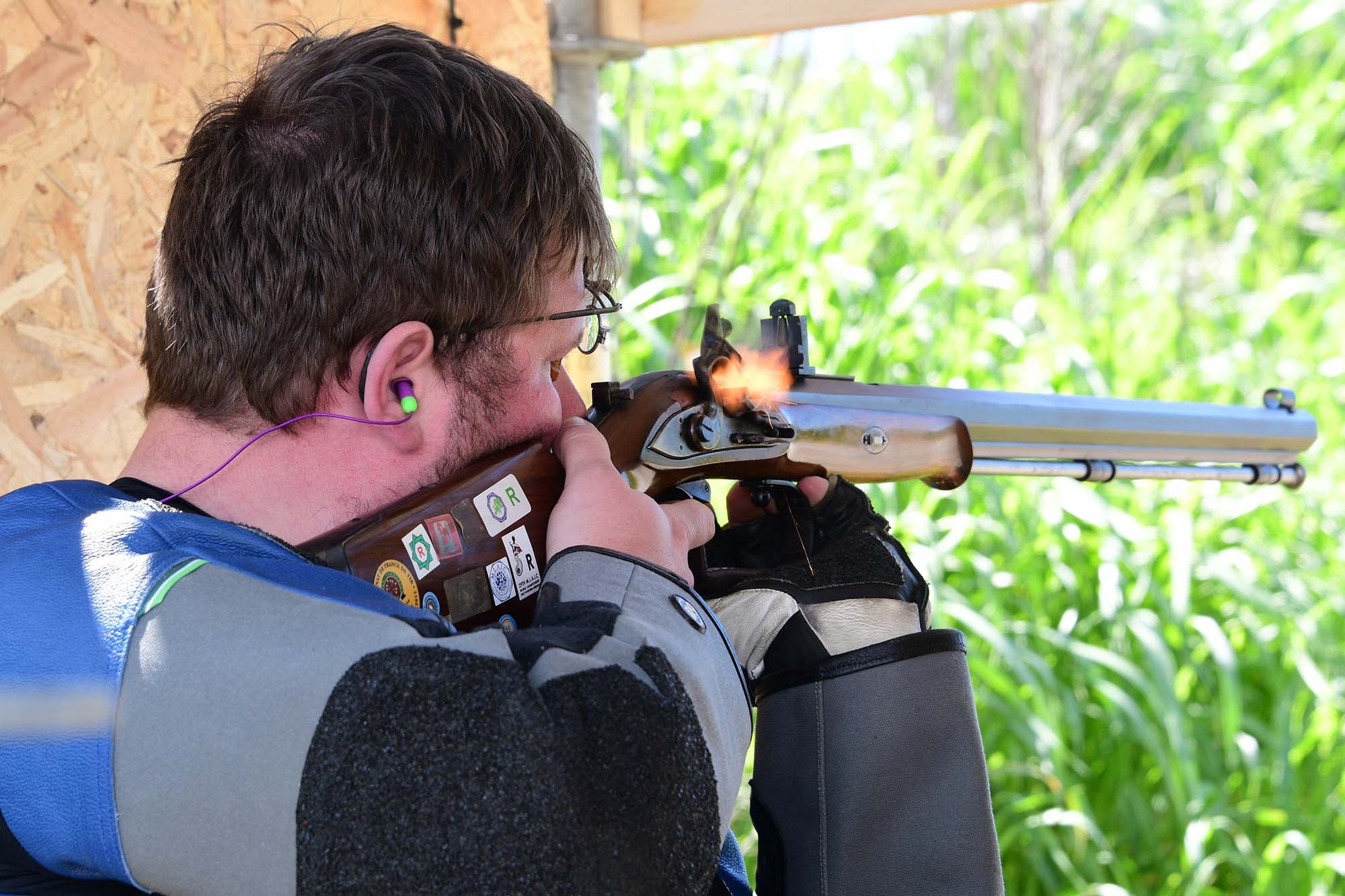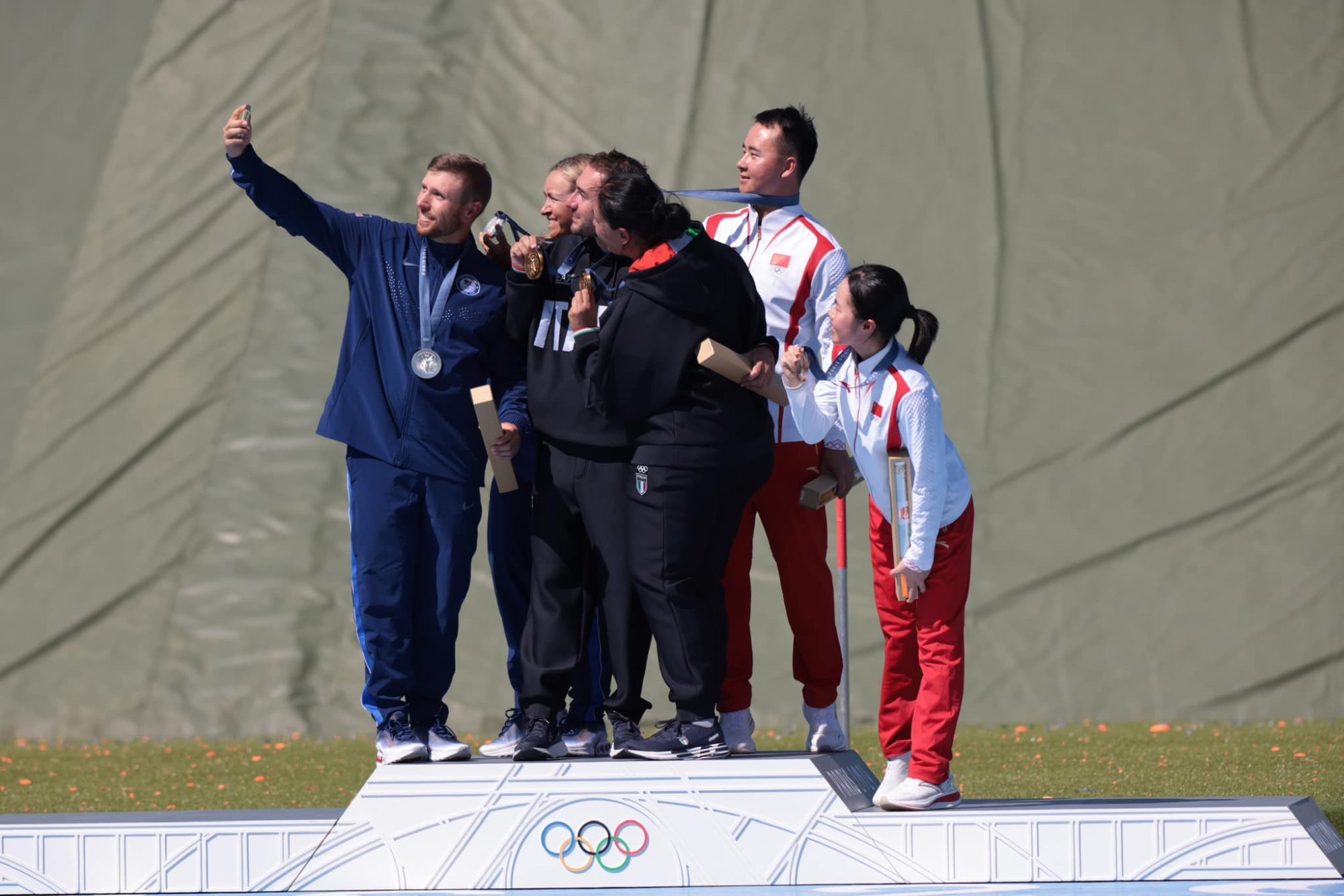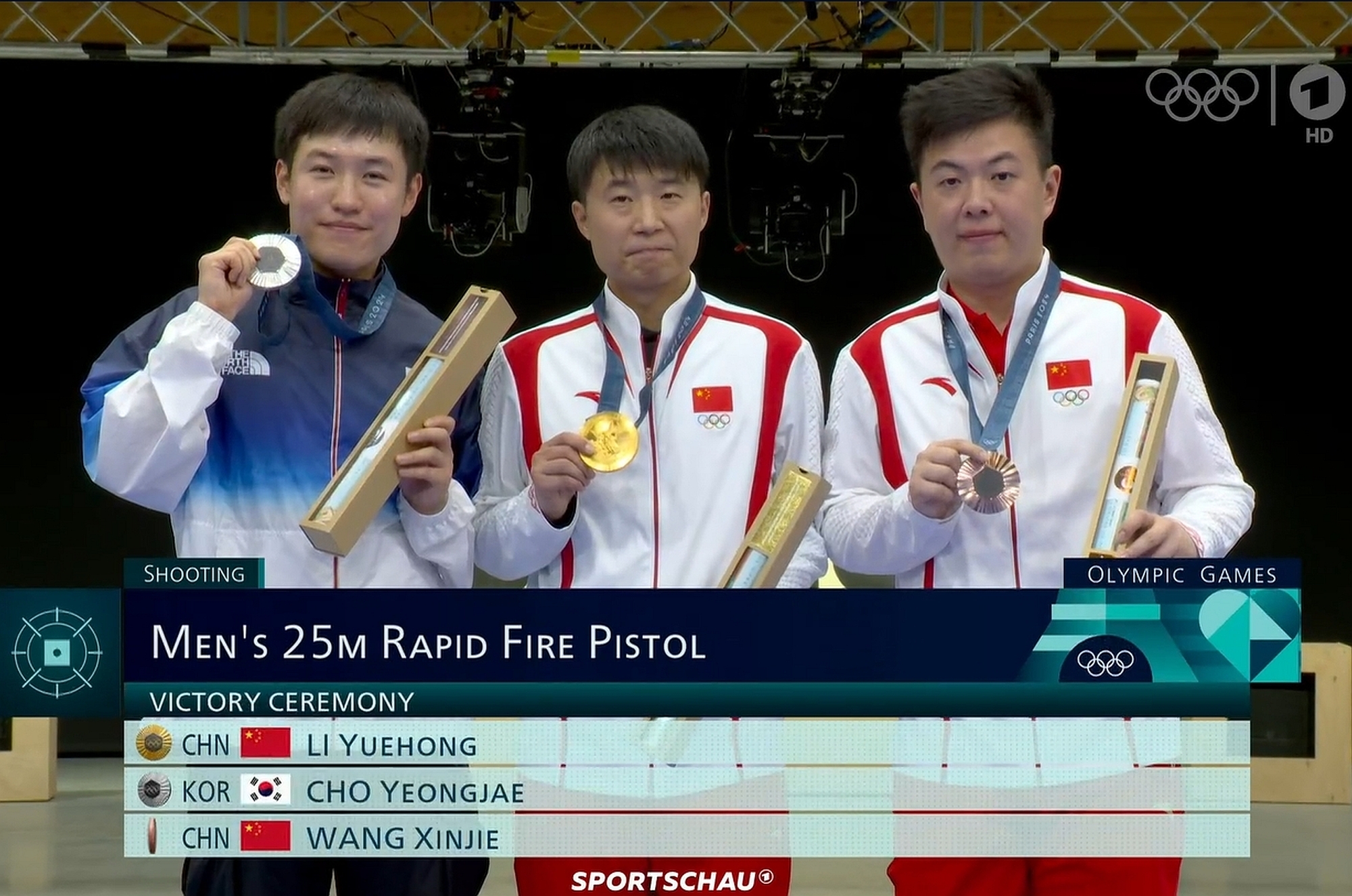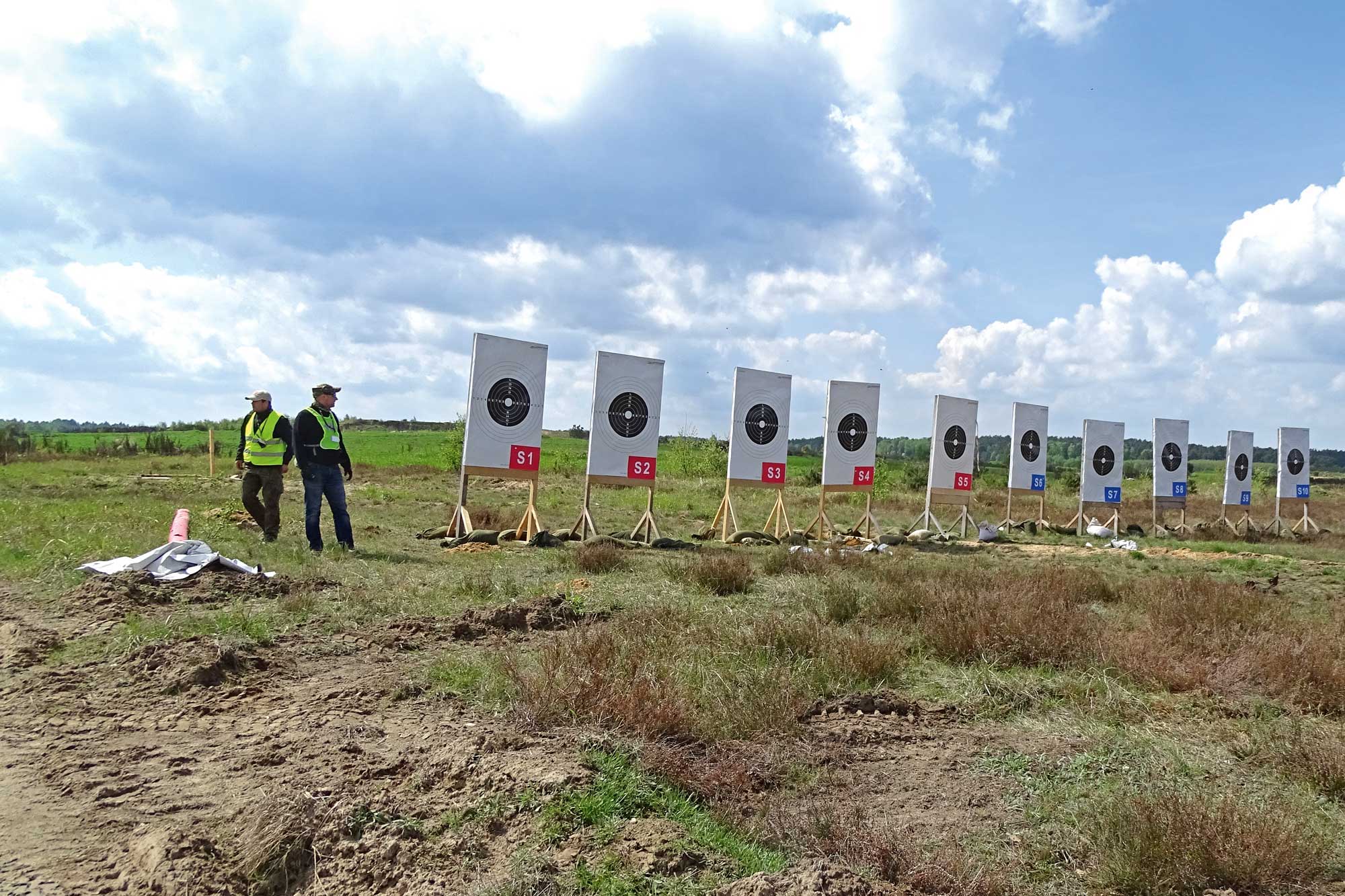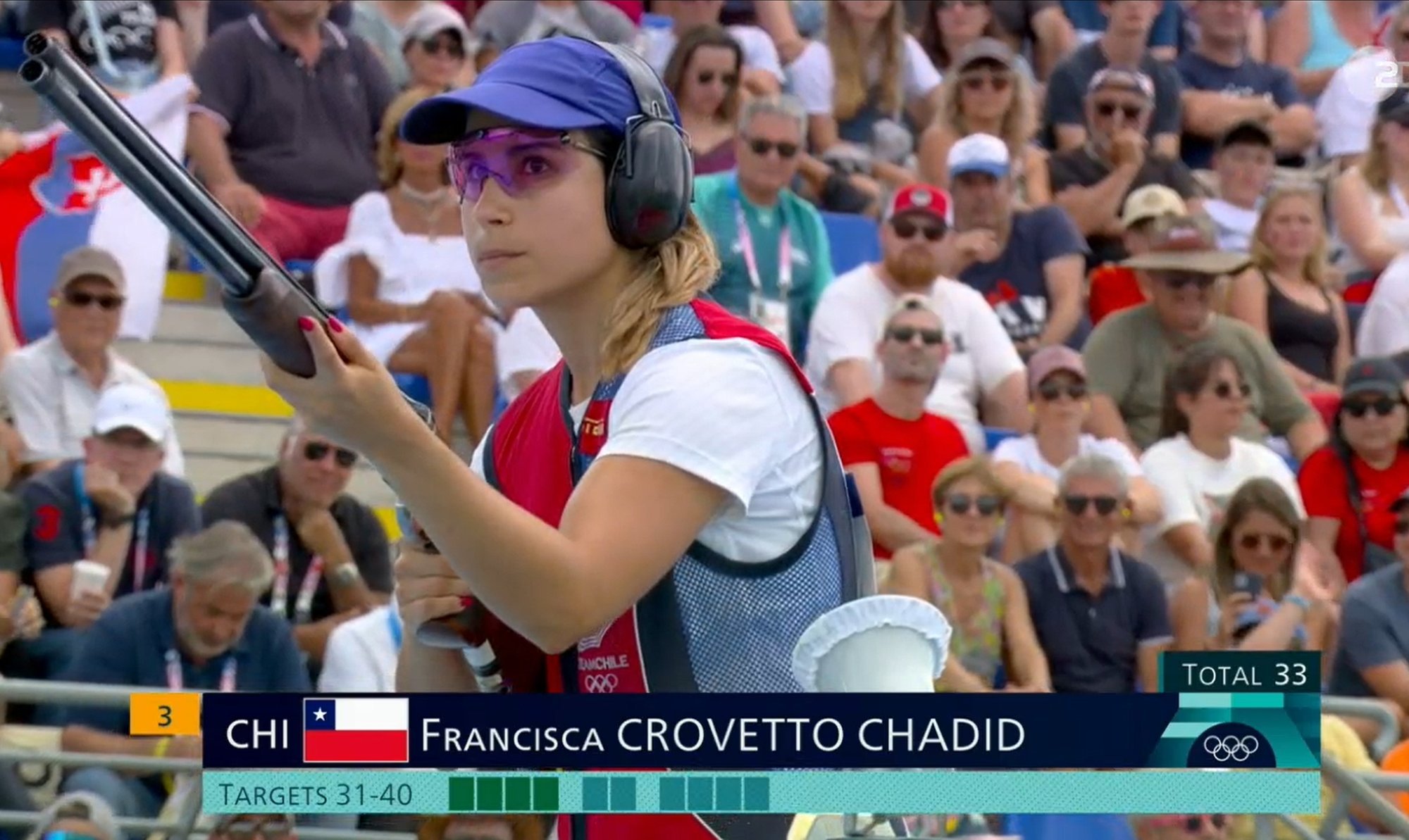From the very beginning our goal here on all4shooters.com has always been to inform our loyal readers about the risks of the EU ideological crusade – under the guise of health and ecological concerns – against lead in ammo. This will affect not just hunters, but sport shooters as well.
Many associations are currently concerned with the ban on lead in ammunition and its consequences on hunting, shooting sports and the associated industry. There is a lot of talk about longer transition periods. In our view, there is far too little focus on one thing here: there is currently no equivalent alternative to lead for many applications. And the effects of alternative materials such as copper, zinc, iron, etc.) on humans and the environment are also not clear. So it makes far more sense to campaign for the preservation of lead and to convince ECHA that this ban, with all its consequences presented here, makes no sense. The associations should also strive for this as a goal and not just try to negotiate longer transition periods.
But now that a near-total ban on lead ammunition is about to come, what will be the price for workers and companies, and for economy and society as a whole? The European Shooting Sports Forum (ESSF) just tried to calculate that in an article published on the Euractiv website.
The results are alarming, to say the least: if the near-total ban on the use of lead ammunition comes into force without a meaningful transition period, the socio-economic impact on the ammunition and firearms industry and related sectors, would amount to up to €4 billion and over 16,000 jobs lost, with associated welfare costs totaling €1.4 billion in the EEA. The impacts would also be felt on the 10 million users of ammunition, which spend up to 20 billion euros annually.
Up to half of the industry will face serious setbacks and even business closures
“When a radical reform that is set to change an entire industry is coming down the line, an accurate assessment of its impact and the setting of an appropriate time scale for its implementation are critical as to minimize any potential socio-economic fallout,” the ESSF experts write. Unfortunately, the European Chemicals Agency (ECHA) report – on which the lead ban is based – has underestimated both of these aspects.
"According to a survey conducted by IEACS and ESFAM to collect data from firearms manufacturers in the EEA, up to half of the industry will face serious setbacks and even business closures if the restriction comes into force without longer transition periods,” they explain.
To be compliant with the proposed restriction, 10 years of extensive R&D will be required from industry players to fully transition to lead-free ammo without negative economic repercussions.
To put it in the right perspective, you must remember that we are talking about an industry that annually records a revenue of nearly € 6 billion and employs nearly 22,000 people.
“Implementing the restriction too early – the ESSF experts say – would endanger at least half (if not more) of the sector’s revenue and employees, and result in the closure of approximately 20% of related businesses: an annual monetary loss of up to €3 billion and over 11,000 jobs, with associated public assistance costs of around €800 million to be borne by taxpayers in the EEA.”
Especially small and medium size manufacturers who mainly sell within the European market will suffer, being forced to a complete shutdown of their business. As a consequence, 200 distributors, 14,000 retailers and over 300,000 collectors in Europe, whose business is entirely or largely dependent on the hunting or recreational shooting market, are at risk too.
“As demonstrated by a survey that the AFEMS conducted among its members, the ECHA’s approach seems to ignore that the performance of ammunition is determined by all of its components and is engineered for specific ballistic and impact properties. Changing any one component in that equation necessarily means re-engineering the whole unit. Therefore, an extended timescale is needed to design, develop and sell sufficient quantities of ammunition to meet current demand.”
The majority of ammunition manufacturers can only substitute them in the longer term (10 years), and some are not able to substitute them at all. Companies who are unable to immediately substitute products or sell to customers out of the EEA will have to stop their production lines. The socio-economic impact? Annual monetary losses of up to €1 billion and over 5,000 jobs lost, with associated public assistance of €600 million in the EEA.
To whom is the lead ban in ammunition a benefit?

If you add up all the negative effects the proposed restriction on firearms manufacturers and ammunition industry, as mentioned above you reach a total of up to €4 billion of annual monetary losses and over 16,000 jobs lost, with a public assistance tab of €1.4 billion in the EEA. But that's not all: other complicating risk factors include the availability (or shortage) of raw materials as direct alternatives to lead. Bismuth and Tungsten in particular as lead alternative for shot shells: “While Annex D of the ECHA Report claims that both metals are ‘drop-in replacements’ for lead in gunshot, the 2020 critical raw materials factsheets of the European Commission conclude that the availability of both is already critical, and even look at substitution options to mitigate the risk.”
Tin and steel, too, proposed as alternatives to lead in bullets and shots, are largely imported from outside the EEA, mainly from China. “This would imply dependence for the EU market from the extra-EU, when it comes to the supply of such materials.”
At this point, it should be clear that the lead ban will bring direct consequences for everybody. ”If the proposed ban comes into force without the appropriate corrective actions, the price paid not only by the hunting (as previously demonstrated) and sports shooting communities, but also by European industry and society will be steep,” the ESSF assessment concludes.
Not even lead ammo could be produced by EU-manufacturers for export to the US or other markets! The key question remains: cui bono, EU?



